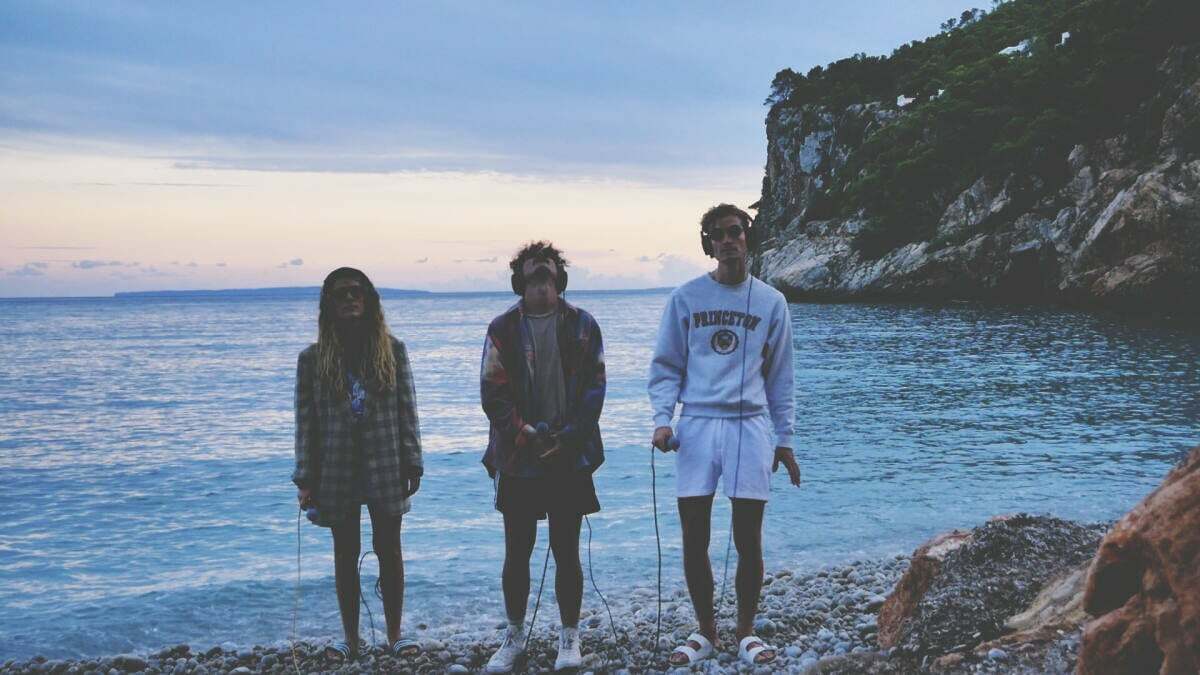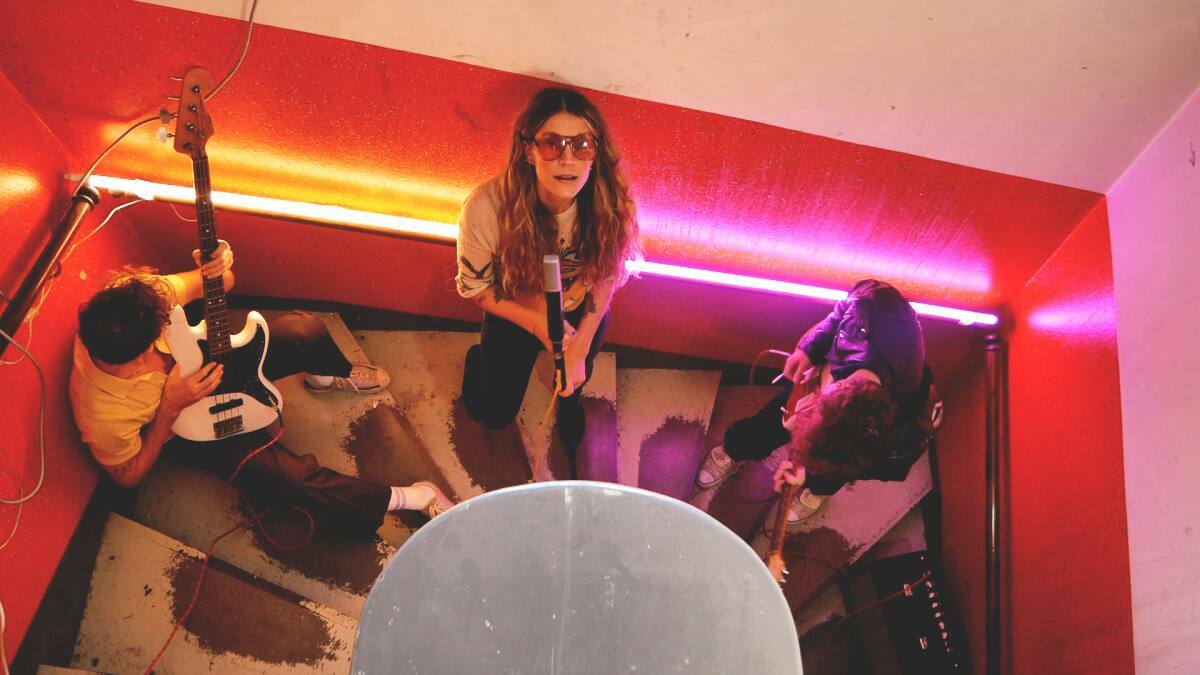The press releases of bands always hone in on a detail that makes their new album highly unique, interesting and even groundbreaking. As you can imagine, these claims are often highly exaggerated. But one album that can proudly poke its head out of the crowd is Give Me Something by Sweden’s Crying Day Care Choir.
Because this album really is stacked with more USPs than your average record: it’s inspired by the controversial British artist Damien Hirst’s project The Currency, in which he created physical paintings and digital NFTs of his art, and the buyers could vote on whether or not the physical paintings should be burned.
The band obtained permission from Hirst to use his artwork, and the title of each art piece was used for AI-generated lyrics for the album. Headliner goes down the Artificial Intelligence rabbit hole with Sara, Jack and Bill who form the three-piece act.
If you find it overly cheesy when bands describe themselves as a family, don’t cringe just yet, because Crying Day Care Choir are being quite literal when they call themselves that: Jack and Sara Elz are husband and wife, and Jack’s brother Bill Nystedt completes the trio. They’ve been releasing music since 2011, and their debut album Leave the Kingdom came in 2014.
Their delicious brand of indie folk, not dissimilar to fellow Nordic act Of Monsters and Men, has steadily built them a following in Sweden and growing outwards to Europe and beyond.
Continuing to release music throughout the 2010s and with plenty of touring thrown in, the latter half of the decade saw them putting pen to paper with Warner Music. And while their streaming numbers benefitted from this enormously, they recently parted ways with the major label and set up their own.






